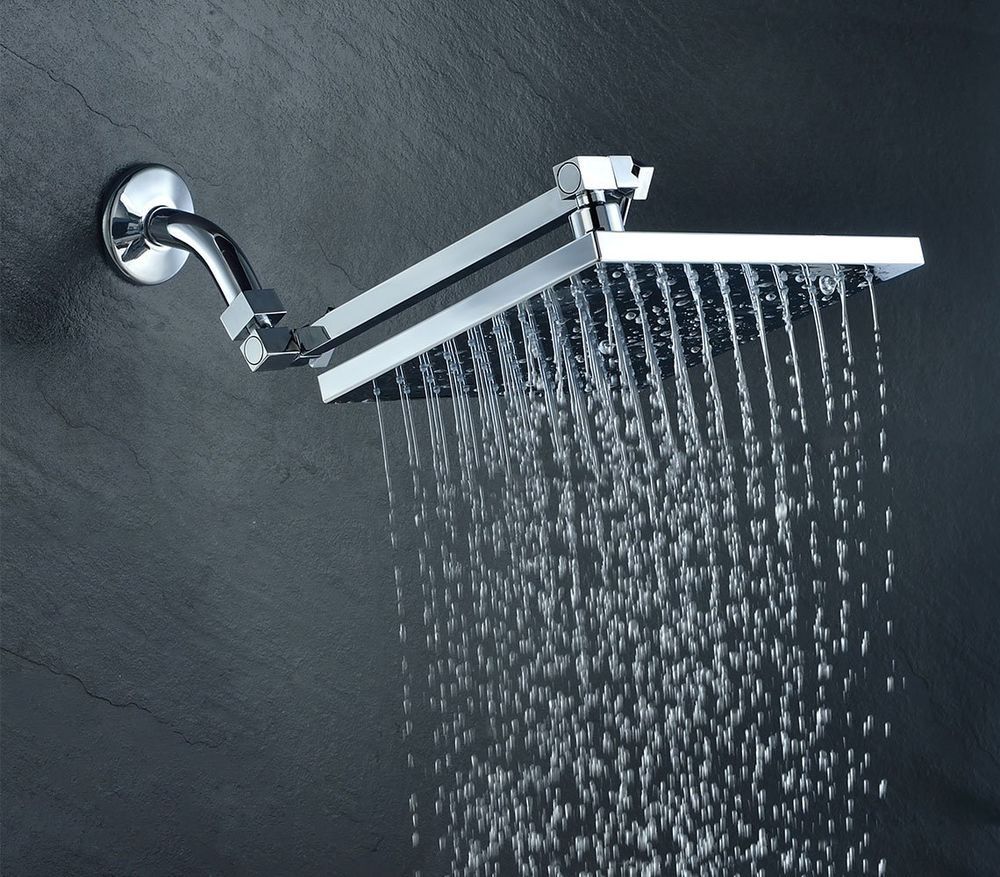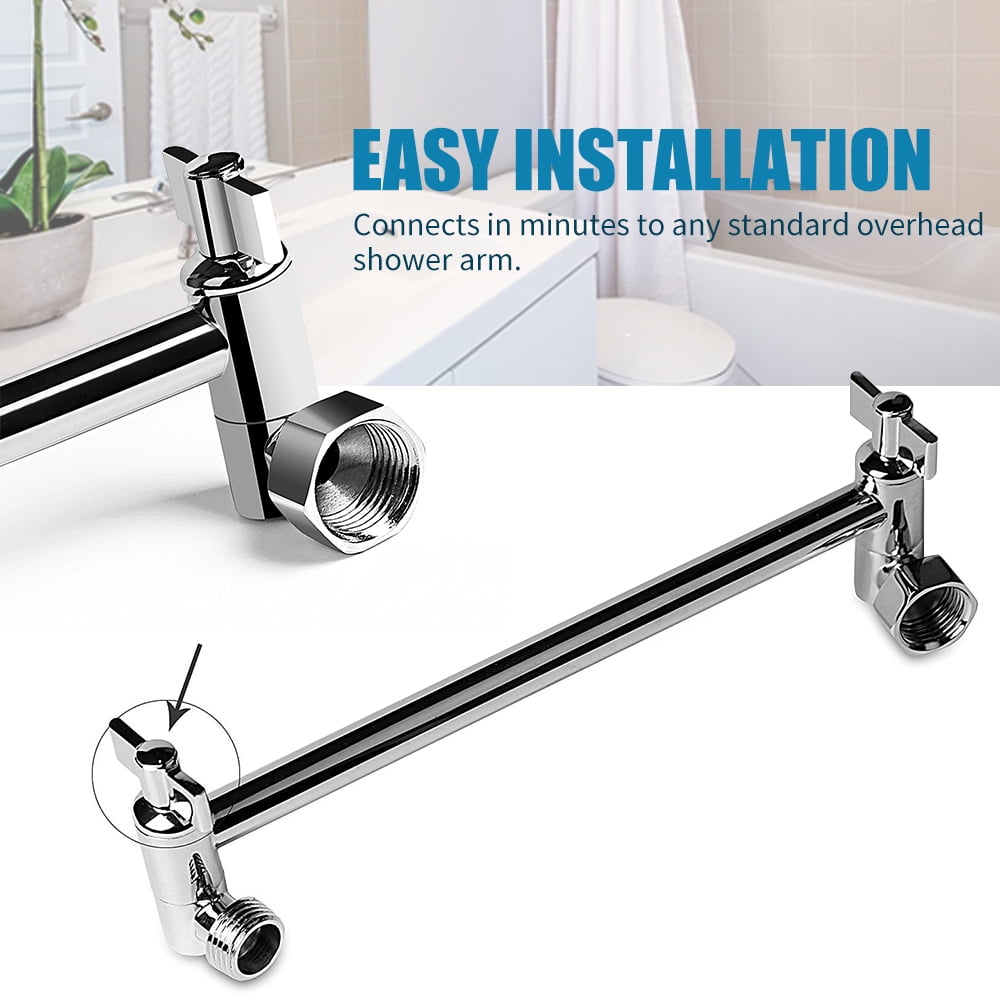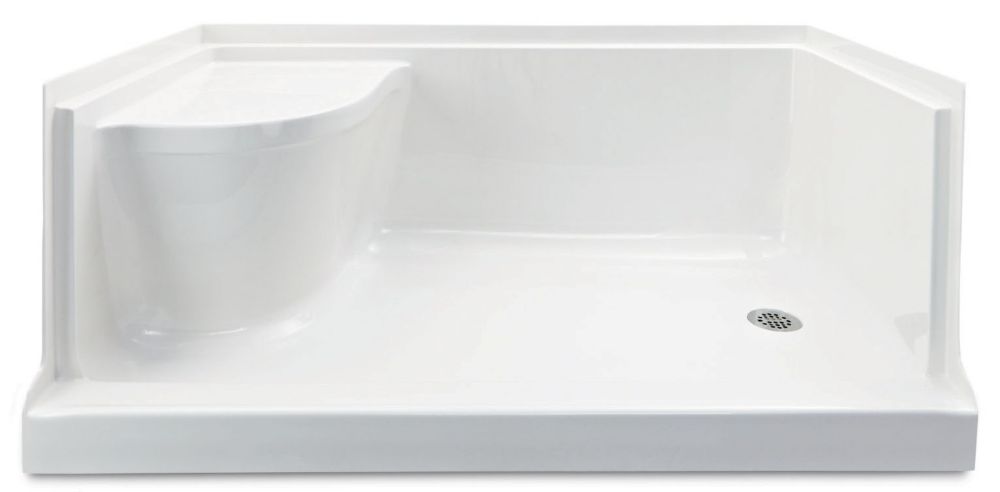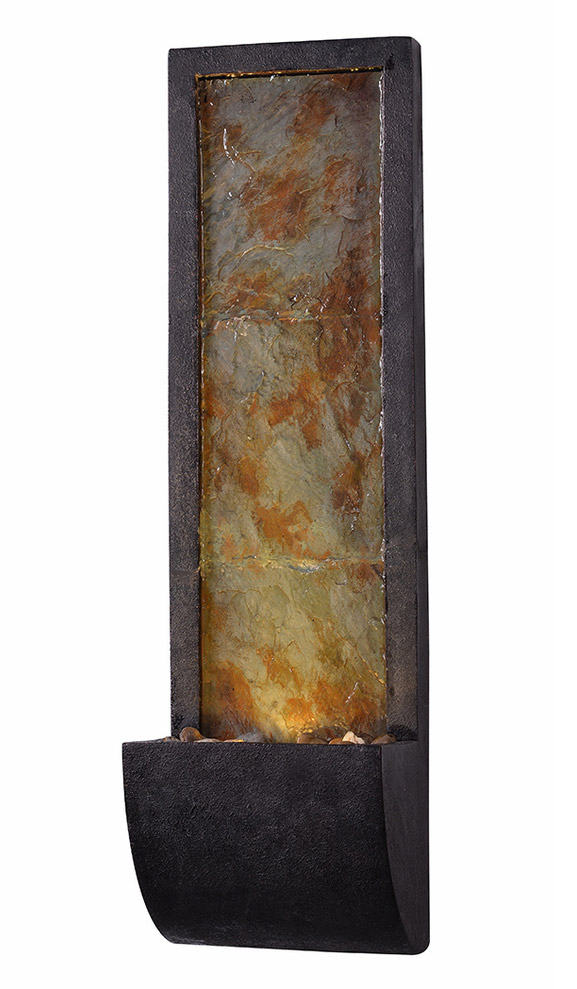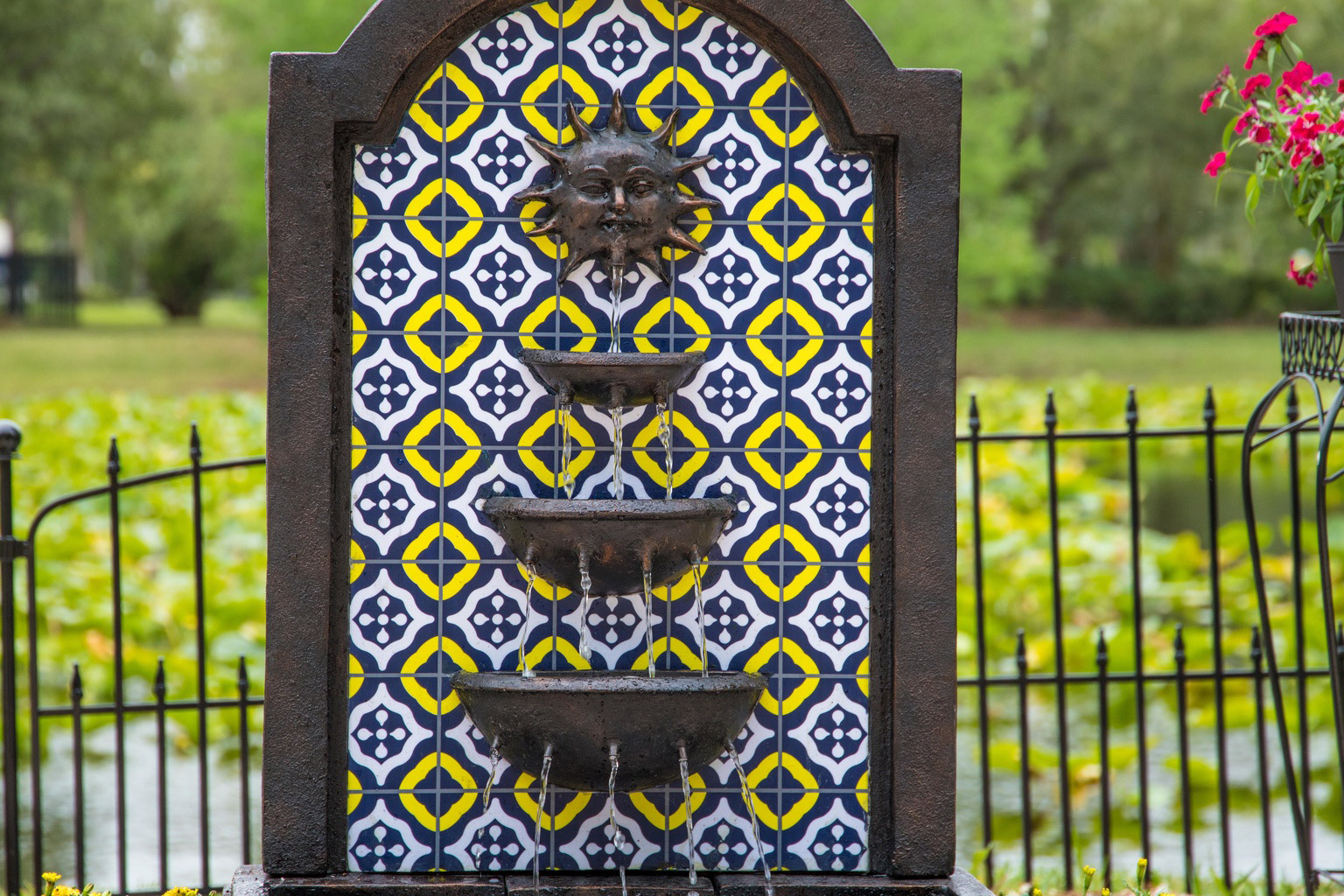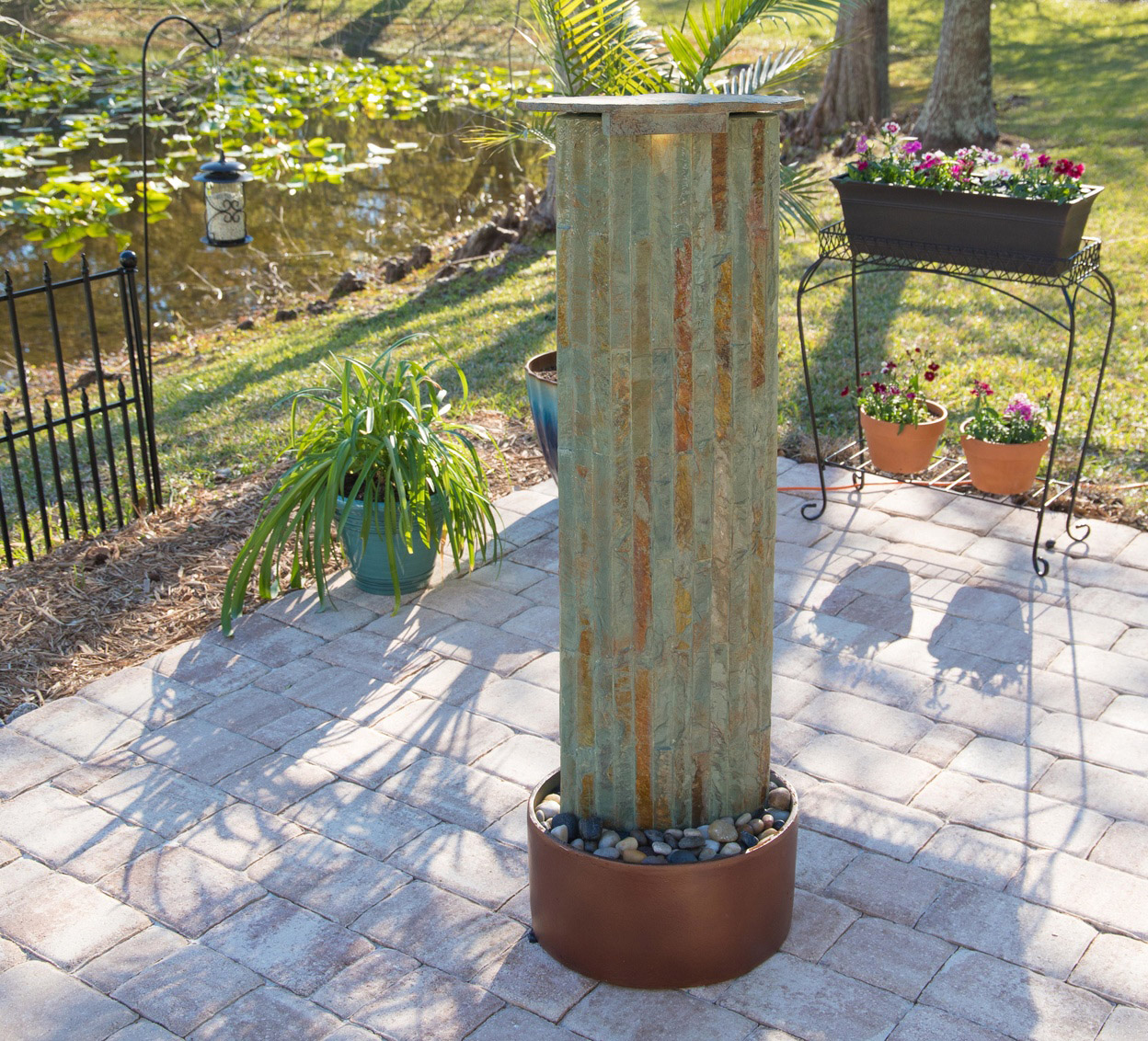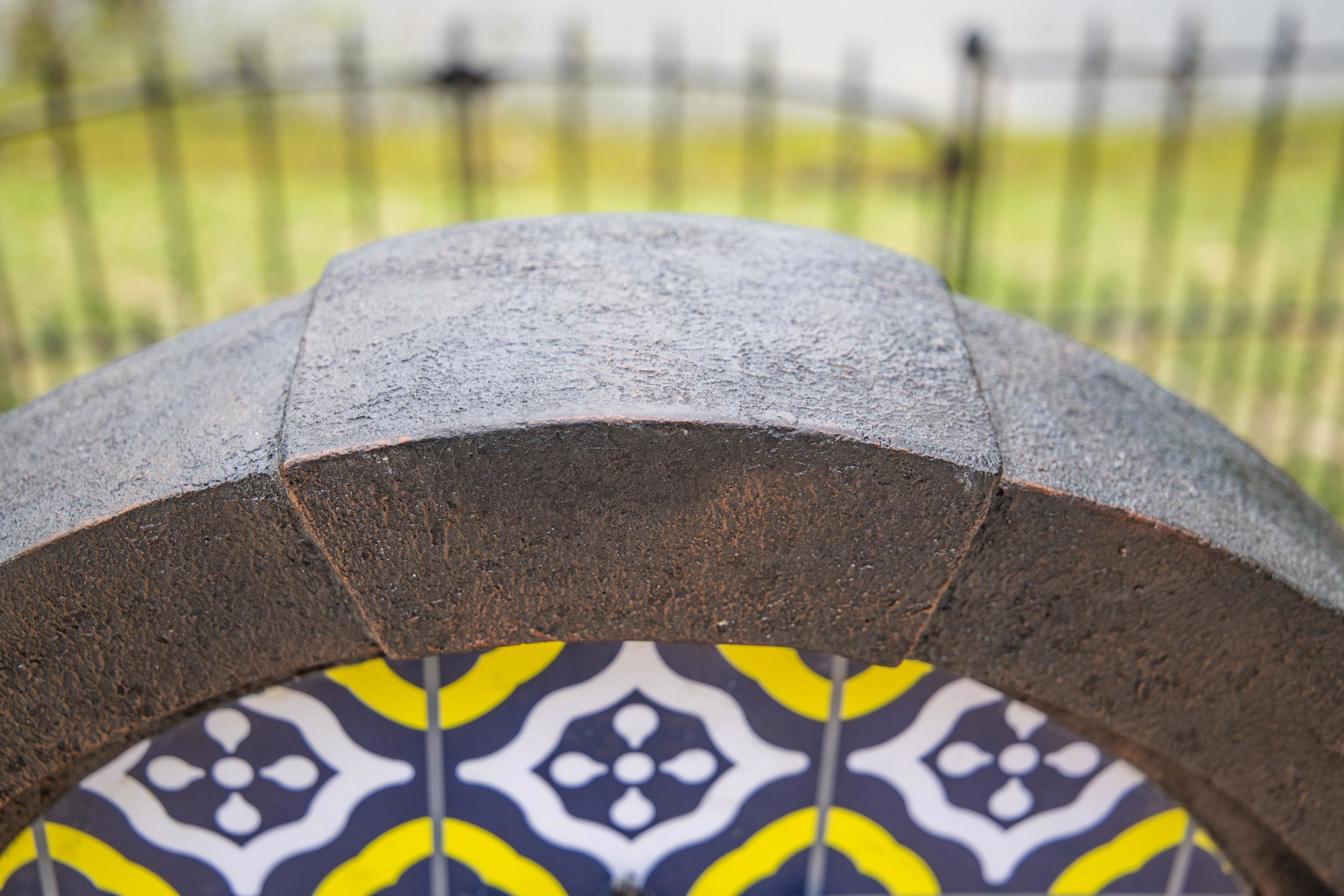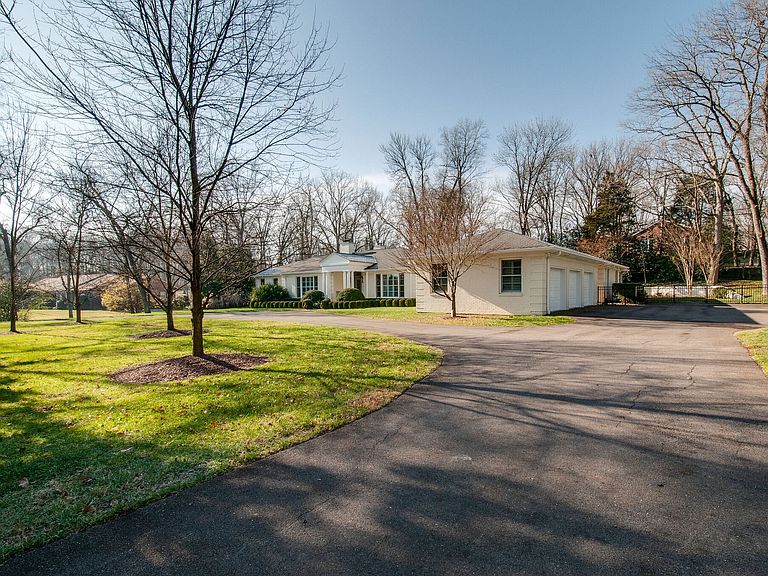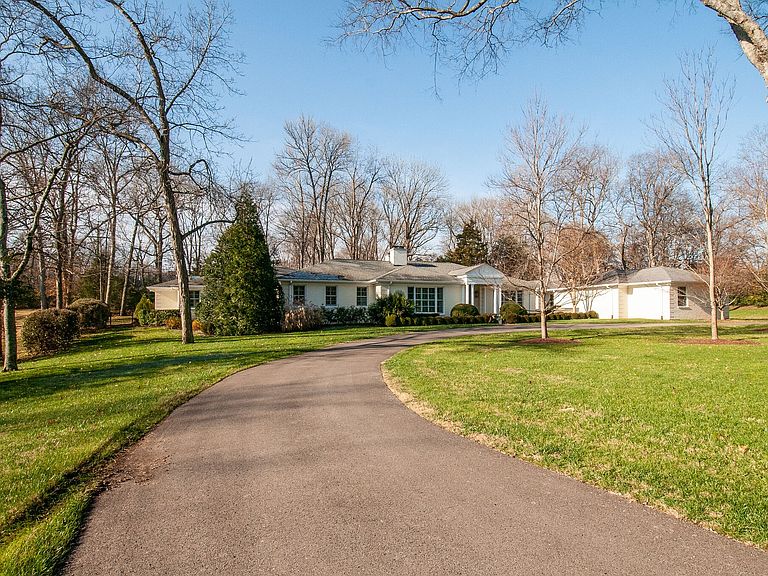Table of Content
If you think that a Windows 10 Installation USB can only be used for system installation, then you might miss an important tool for computer management. A Windows install USB can do many things. You’ll need a computer running Windows to create the USB drive. When you’re done, you can remove the USB drive from that computer and insert it into the computer that you want to install Windows 10 on. Open your browser of choice and go to Microsoft's Windows 10 download site.
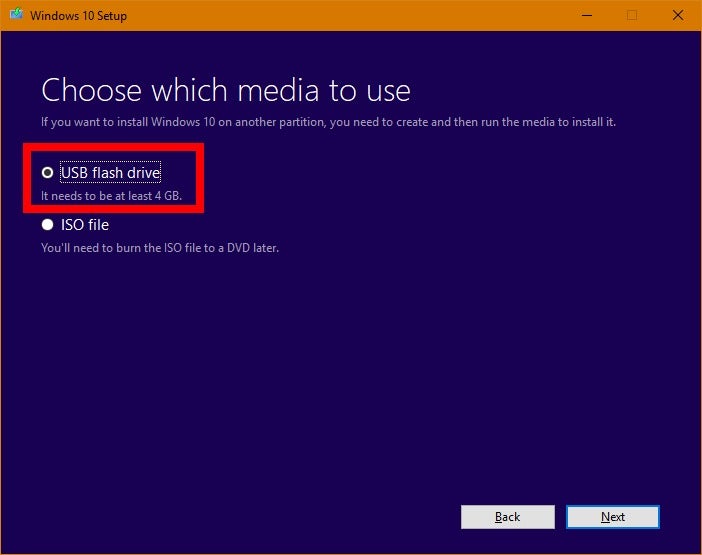
The next step is to create windows 10 installation media, follow the simple steps to get your job done. Ensure that you have a legitimate license to download Windows 10. Once confirmed, you can easily install and run the media creation tool on your system. Using Windows 10 bootable USB tools to install windows is the easiest and quickest way. To start with, connect a well-formatted USB drive to your system.
How to Transfer Data from Your Windows PC to a Mac
Some people will use this method, especially when they want to get a special Windows version from someone. They should first get an ISO file and then use ISO burner software like Rufus, Universal USB Installer, etc. to burn the ISO file into an USB drive. Choose the language, edition, and architecture (64-bit or 32-bit) for Windows 10.
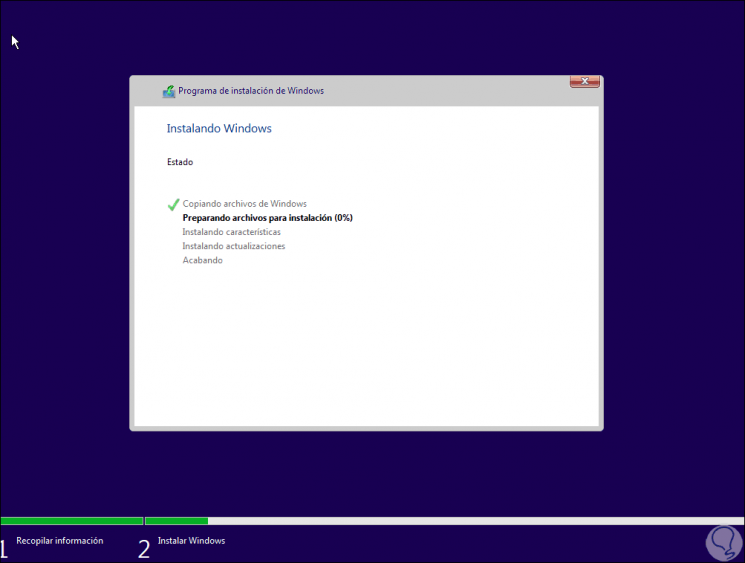
Double-check that any critical data you have saved on the drive you want to install Windows on is backed up and safe. If you're sure, make sure the USB drive is plugged into the PC and either restart or turn the system on. Then follow our guide on how to boot from a USB drive. Click on the USB stick you want to install it on. If you don’t see it in the list, click the “refresh drive list” link. Before we start, it is worth pointing out that whatever version of Windows you put on your USB stick will be the current version that Microsoft is offering.
Microsoft Windows 10 Pro Professional 32/64Bit Operating System Retail Box Usb
And, for doing so, you can use File Explorer. Minimum 8GB of storage is required for this also the USB drive should be well formatted before booting the system. Now, use File Explorer to copy and paste the entire contents of the Windows ISO to the USB flash drive. Using Command Prompt is more complex than the first way. The preparations are the same as the first method. If you want to use this way, please carefully follow the steps.
Click the "Show advanced format options" setting. Under the "Show Advanced drive properties" section, do not change the default settings . Select the correct language, architecture, and edition of Windows 10 . Christian is a Raspberry Pi tinkerer, Lego lover and retro gaming fan. After all, a USB stick is portable, and you can guarantee it is compatible with every desktop and laptop computer. While some computers might be missing a DVD drive, they all have a USB port.
Windows 7, 8.1, 10, 11, Ubuntu 22.10 Bootable Installation USB Flash Drive
Fortunately, the most common methods of performing a Windows 10 USB install support UEFI and legacy BIOS hardware. So, whichever option you choose should work for your hardware. To install Windows 7 or Windows 10 from a USB stick, it should have at least 16 GB of storage. Before proceeding, ensure that your USB flash drive has been formatted. It's also quicker to install Windows 10 from a USB stick.

Select the 22H2 (Build 19045.xxx - xxxx.xx) option to download the Windows 10 November 2021 Update. Under the "Download" section, click the latest release of the tool to save the file. Under the "Boot selection" section, click the Select button on the right. When you've completed reinstalling Windows 10, everything should work as intended once more. To grab this, head to the Microsoft Download Windows 10 page, and click Download tool now. Before proceeding, insert your formatted USB flash stick in your PC or laptop.
How to Create Windows 10 Installation USB?
You’ll need to set your PC to boot from a USB drive rather than a hard drive to use it. Once you do that, you can use it to reinstall Windows 10 on your current computer or install it on a new PC. To make a bootable Windows 10 USB drive, begin by downloading the Media Creation tool fromMicrosoft’s Download Windows 10 website. Click “Download Tool Now” on the page. Installing Windows 10 from a USB drive beats installing it with a DVD any day of the week. Here’s what you need to make your own bootable Windows 10 installer—and how to do it.
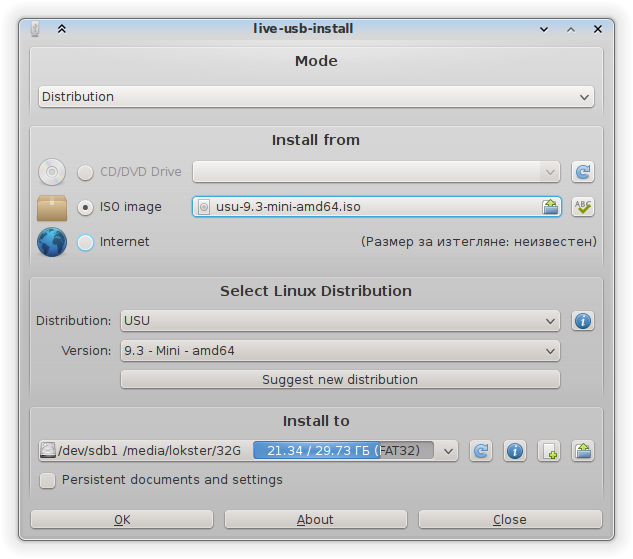
This happens because the system might be trying to read from the USB drive instead of from the hard drive that you installed the OS on. If this happens, just remove the USB drive and restart the computer. The program will download a fresh copy of the Windows 10 installation files to your device. When it is over, this data is written to your flash drive and the USB is made bootable with the newest Windows 10 setup.
This means that any subsequent patches and updates will not be included as the USB stick will obviously not auto-update. Obviously Windows is not free, so along with the USB installer, you will also need a valid legal license key. Obviously we can’t help you with that. Windows comes pre-installed with every PC but there are times when a USB version becomes invaluable. One is when you have trouble installing operating system updates the normal way . The second is if you make a living wiping and refurbishing used computers.
Wait while the bootable USB Windows 10 installer is created. How long this take will depend on your internet speed. Several gigabytes of data will be installed.
Wait for Windows 10 to download and install to the USB drive. Depending on your internet connection and the USB drive's speed, this could take from a few minutes up to an hour; when it's done, select Finish. Select the USB drive you want to use for the Windows installer, then select Next.
Click the "Show advanced format options" button. Use the "Edition" drop-down menu and select the Windows 10 Home/Pro/Edu option. Use the "Version" drop-down menu and select the Windows 10 option.




